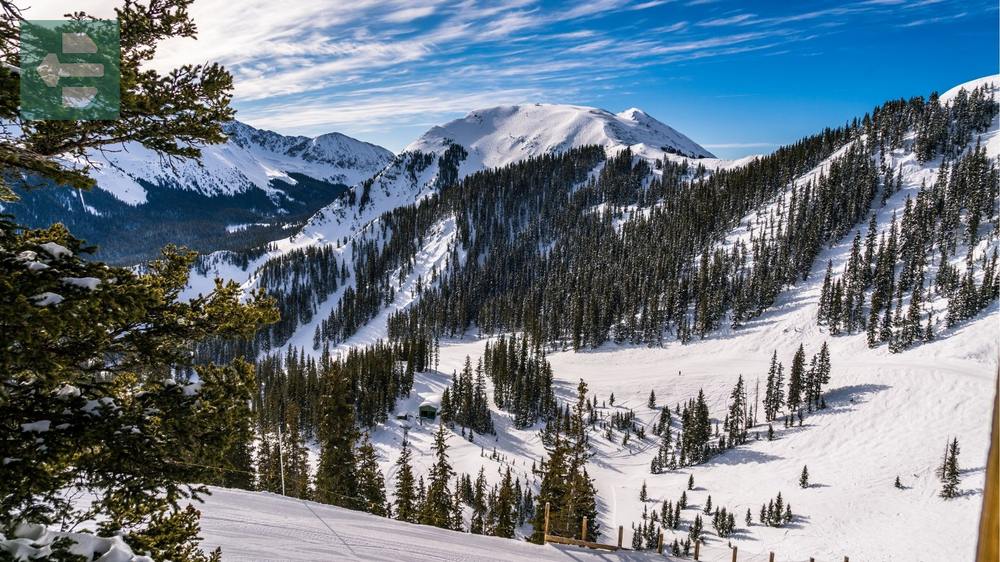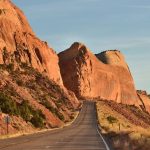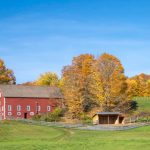New Mexico offers exceptional skiing across diverse mountain ranges, from the legendary slopes of Taos Ski Valley to the family-friendly runs at Red River Ski & Summer Area. Angel Fire Resort and Ski Santa Fe provide world-class powder, while hidden gems like Sipapu and Pajarito offer authentic experiences.
Discover the best places to ski in New Mexico and unlock adventures that combine desert sunrises with alpine thrills.
List of Contents
- 1. Taos Ski Valley: The Soul of Southwestern Skiing
- 2. Angel Fire Resort: High Desert Paradise
- 3. Ski Santa Fe: City Slopes with Sacred Views
- 4. Ski Apache: Mescalero Mountain Magic
- 5. Red River Ski & Summer Area: Small Town, Big Heart
- 6. Sipapu Ski & Summer Resort: Hidden Mountain Gem
- 7. Pajarito Mountain Ski Area: Atomic City Alpine
1. Taos Ski Valley: The Soul of Southwestern Skiing
Taos Ski Valley sits at 9,207 feet, where the Sangre de Cristo Mountains create some of the steepest terrain in North America. The mountain receives over 300 inches of annual snowfall, with 51% of its runs classified as expert-only.
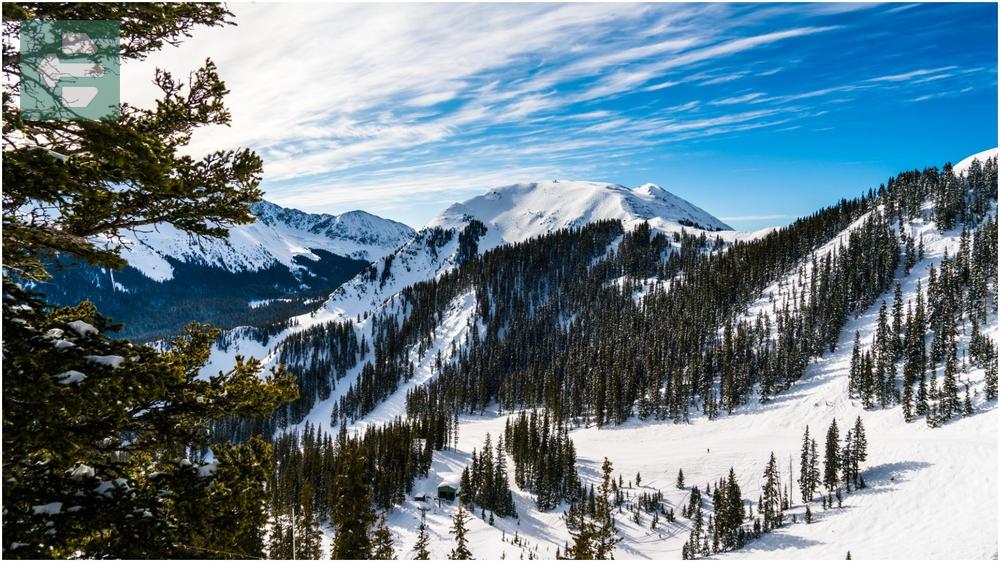
I remember my first run down Al's Run—a double black diamond that drops 1,294 vertical feet. The silence between turns was profound, broken only by the whisper of powder against my skis.
The valley prohibits snowboards, maintaining its focus on pure skiing tradition. Local tip: Start early at the Ridge of Fear for untracked powder before crowds arrive.
Quick Facts:
- Peak season: December-March
- Access: 18 miles northeast of Taos town
- Day passes: From $89
- Suggested stay: 3-4 days
- Notable runs: Kachina Peak, West Basin Ridge, Al's Run
2. Angel Fire Resort: High Desert Paradise
Angel Fire Resort spans 2,077 acres across the Moreno Valley, offering 80 trails that wind through aspen groves and open bowls. The base elevation of 8,600 feet ensures consistent snow quality throughout the season.
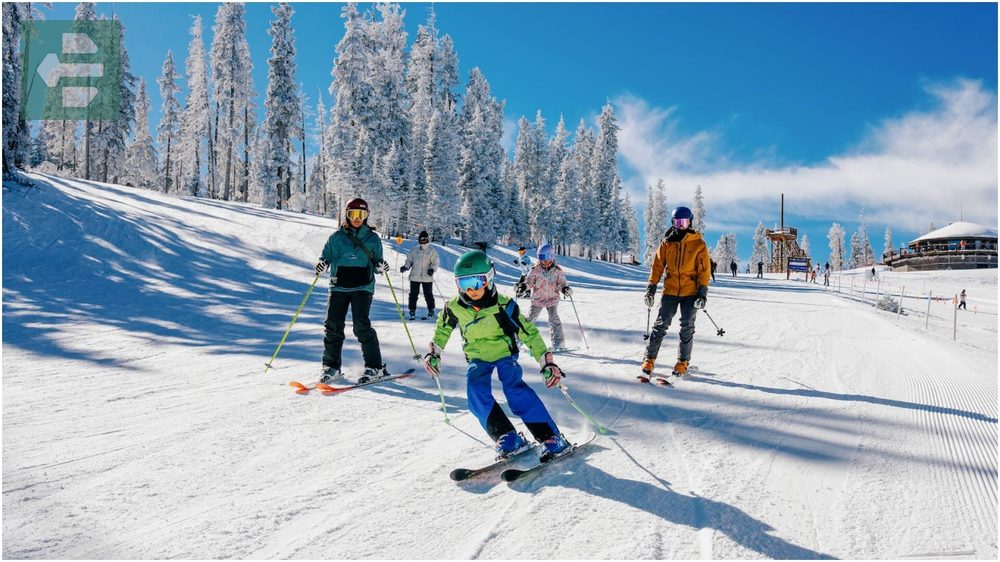
The mountain's signature experience is the Chile Express quad lift, which accesses the resort's most challenging terrain. From the summit, the view stretches across three states on clear days.
Families gravitate toward the dedicated learning areas, while advanced skiers seek out the narrow tree runs off the back bowls. The resort's chile-infused hot chocolate at mid-mountain perfectly captures New Mexico's unique character.
Quick Facts:
- Peak season: Mid-December through March
- Access: 25 miles east of Taos via US-64
- Day passes: From $79
- Suggested stay: 2-3 days
- Key areas: Front Face, Back Bowls, Chile Express terrain
3. Ski Santa Fe: City Slopes with Sacred Views
Ski Santa Fe rises from 10,350 feet to 12,053 feet on the slopes of the Sangre de Cristo range, just 16 miles from downtown Santa Fe. The mountain offers 660 acres of skiable terrain with views of the Rio Grande Valley below.
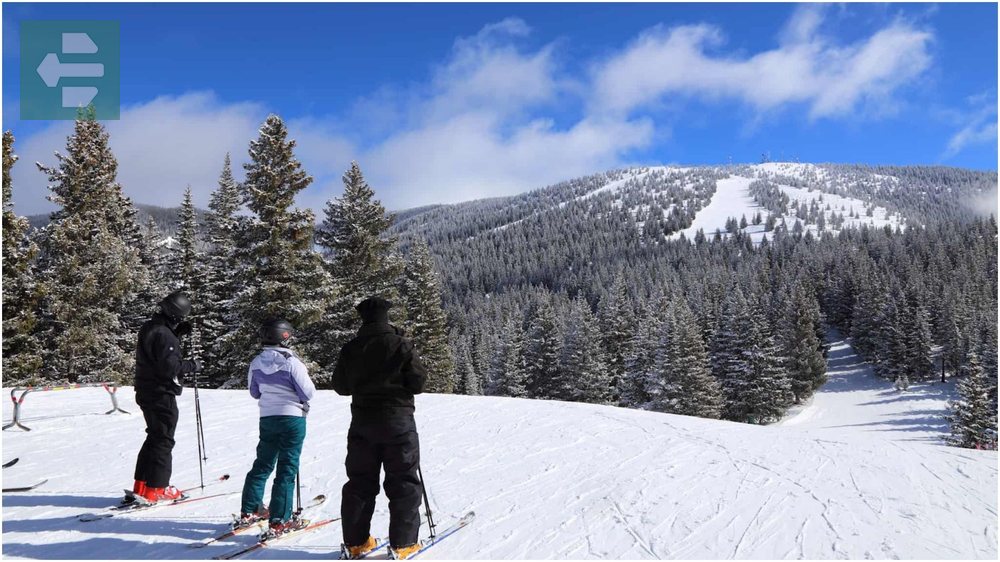
You can ski in the morning and explore Santa Fe's galleries and adobe architecture by afternoon. The contrast feels surreal—alpine snow above, desert sun below.
The mountain's triple black diamond run, Big Tesuque, demands respect. Local skiers know to check wind conditions before attempting the summit, as exposed ridgelines can create challenging visibility.
Quick Facts:
- Peak season: December-early April
- Access: Hyde Park Road from Santa Fe
- Day passes: From $72
- Suggested stay: 2 days
- Top runs: Big Tesuque, Millennium, Aspen Peak
4. Ski Apache: Mescalero Mountain Magic
Ski Apache sits at 11,500 feet on Sierra Blanca Peak, operated by the Mescalero Apache Tribe. The mountain receives some of New Mexico's most reliable snowfall, with 55 trails spread across 750 acres.
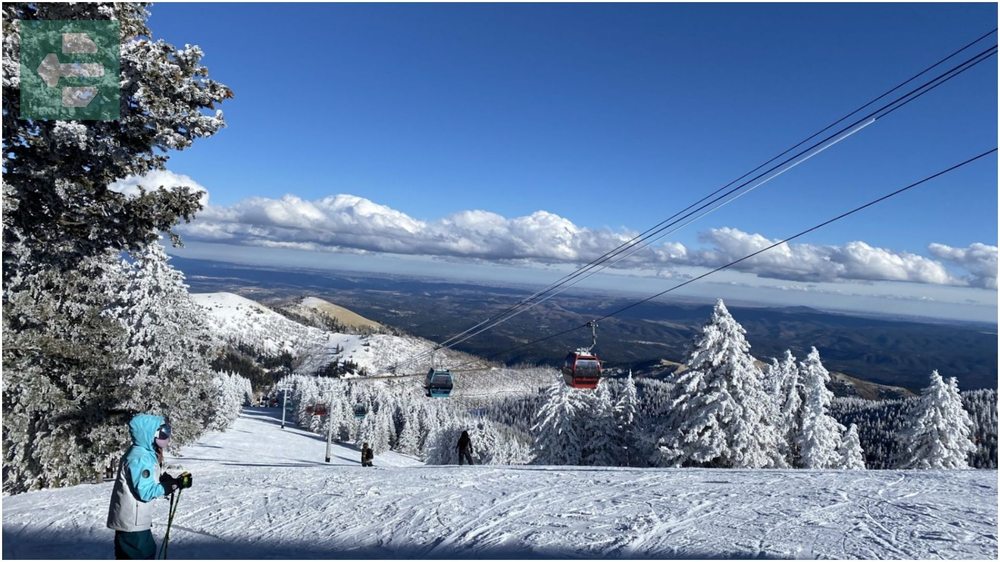
The Apache Bowl offers wide-open skiing with panoramic views of the Tularosa Basin and White Sands National Park in the distance. On powder days, locals head straight to the Capitan area for steep tree runs.
The mountain's isolation creates an intimate skiing experience. Wildlife sightings are common—elk tracks often cross the runs, reminding visitors they're skiing on sacred Apache land.
Quick Facts:
- Peak season: Mid-December through March
- Access: 18 miles northwest of Ruidoso
- Day passes: From $65
- Suggested stay: 2-3 days
- Featured areas: Apache Bowl, Capitan, Easy Street
5. Red River Ski & Summer Area: Small Town, Big Heart
Red River Ski & Summer Area sprawls across 1,600 acres of the Sangre de Cristo range, offering 63 trails that cater to every skill level. The town of Red River sits at 8,750 feet, creating a seamless ski-in, walk-to-town experience.
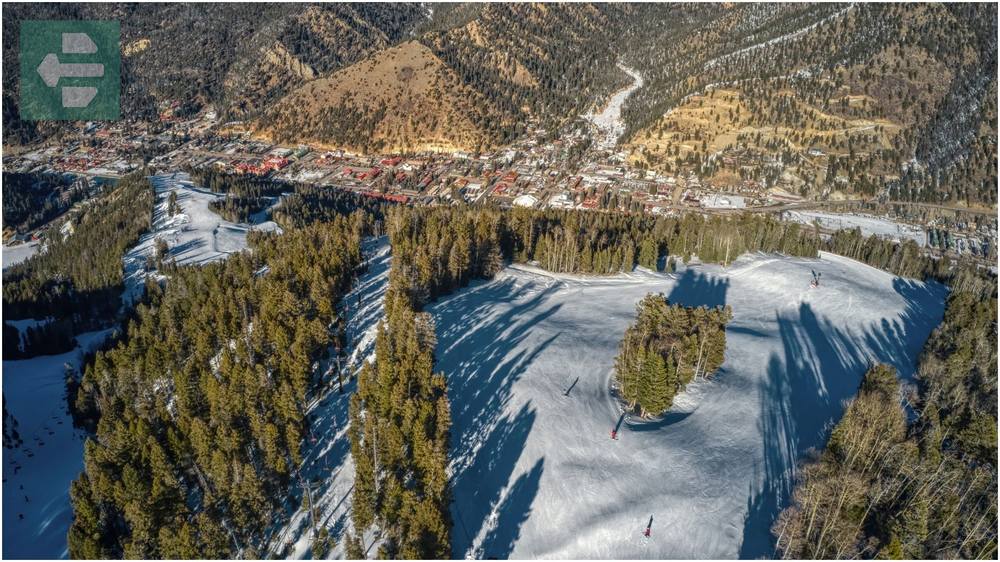
Main Street Red River feels like stepping into an Old West movie set, complete with wooden boardwalks and frontier architecture. After skiing, you can walk directly from the slopes to local cafes and shops.
The mountain's signature run, Kit Carson, drops 1,600 vertical feet through varied terrain. Night skiing extends the day under stars so bright they seem close enough to touch in the thin mountain air.
Quick Facts:
- Peak season: December-March
- Access: Via NM-578 from Questa
- Day passes: From $59
- Suggested stay: 2-3 days
- Highlights: Kit Carson run, Pioneer Ridge, night skiing
6. Sipapu Ski & Summer Resort: Hidden Mountain Gem
Sipapu operates 41 trails across 200 acres in the Carson National Forest, maintaining the feel of a family-owned local mountain. The resort sits in a natural bowl that holds snow well into spring.

I've never encountered lift lines here longer than five minutes. The unhurried pace allows time to appreciate the silence of snow-laden pines and the crunch of fresh powder underfoot.
The mountain's terrain flows naturally from gentle learning slopes to challenging tree runs. Local families return generation after generation, creating a community atmosphere rare in modern skiing.
Quick Facts:
- Peak season: December-March
- Access: 20 miles southeast of Taos via NM-518
- Day passes: From $45
- Suggested stay: 1-2 days
- Key runs: Via Diablo, Tetris, Easy Does It
7. Pajarito Mountain Ski Area: Atomic City Alpine
Pajarito Mountain rises from the Jemez Mountains near Los Alamos, offering 300 acres of varied terrain from 9,200 to 10,441 feet elevation. The community-owned mountain maintains an authentic, uncommercial atmosphere.

The views from the summit encompass the entire Rio Grande Valley, with the Sandia Mountains visible on clear days. Scientists and families from Los Alamos create a unique demographic mix on the slopes.
Chair 4 accesses the mountain's most challenging terrain, including gladed runs through old-growth forest. The intimacy of skiing here feels like joining a private club where everyone shares the same secret.
Quick Facts:
- Peak season: December-March
- Access: 7 miles west of Los Alamos
- Day passes: From $42
- Suggested stay: 1-2 days
- Notable terrain: Chair 4 runs, Easy Street, intermediate glades
New Mexico's ski mountains offer something no other destination can match—the magic of skiing under endless desert skies. From Taos Valley's legendary steeps to Sipapu's hidden powder stashes, these seven resorts prove that the best places to ski in New Mexico combine technical challenge with spiritual renewal.
Pack your gear and prepare for turns that connect you to both mountain and sky. The powder is calling, and New Mexico's slopes are ready to show you why high desert skiing creates memories that last forever.
